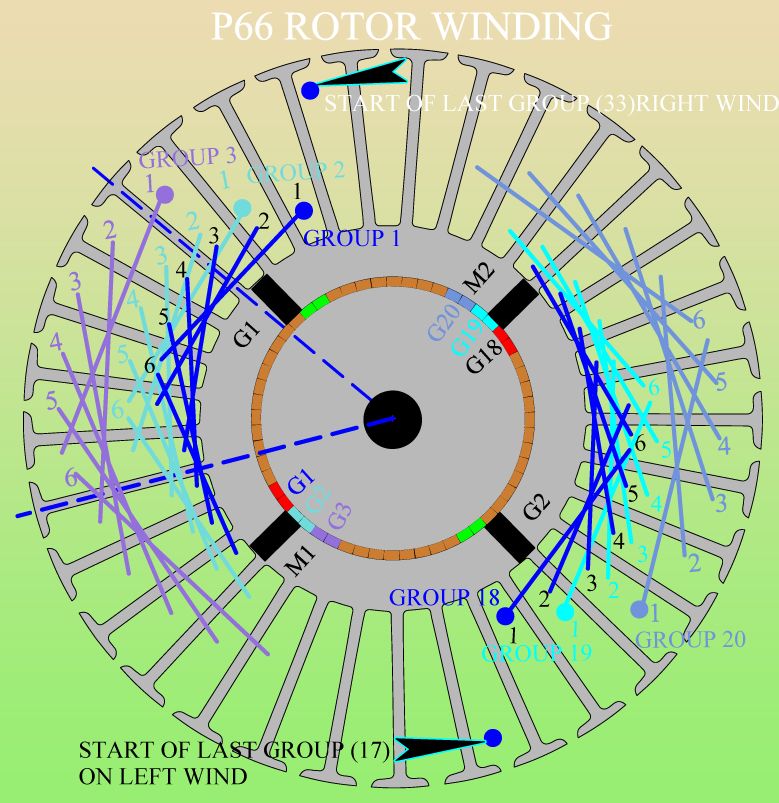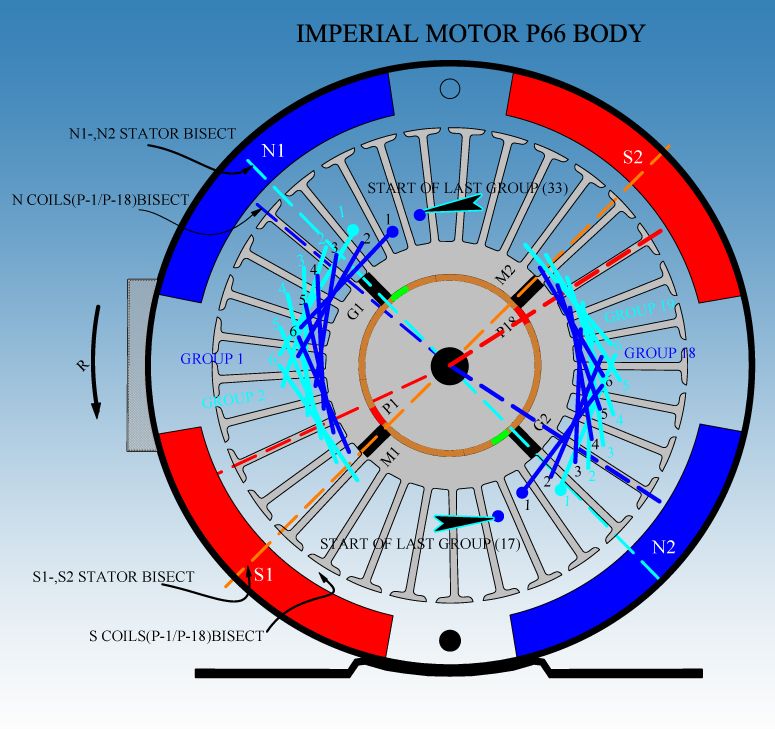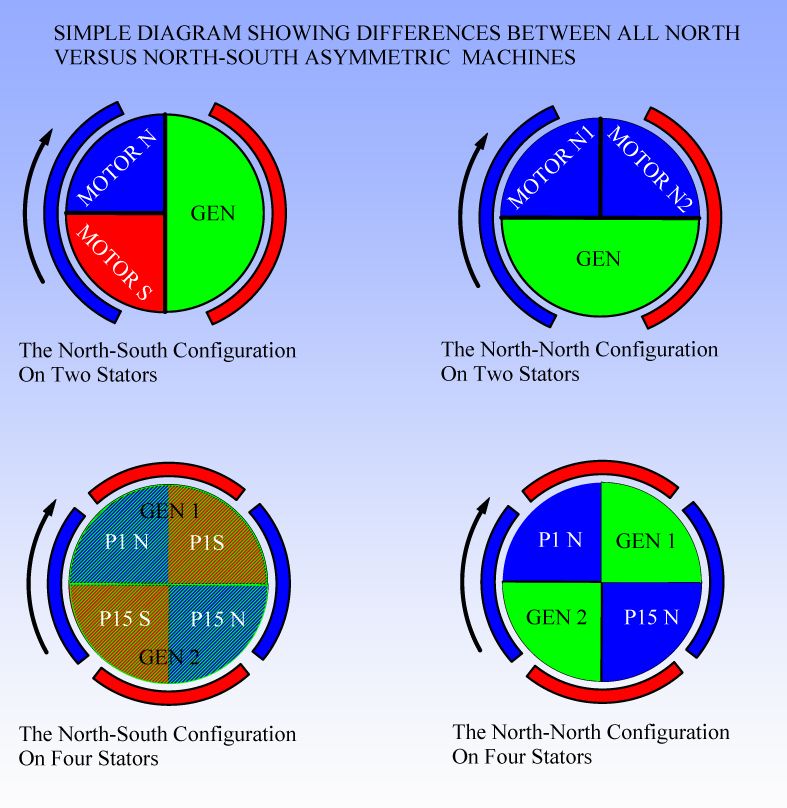P66 Motor Wind
Greetings all:
I have started winding my armature for the P66 motor.
First crack out of the box, I wound four strands then noticed the commutator had twice the number of segments as the rotor has slots. That means skipping one segment between winds instead of starting the wind 'next to' the one just completed.
Had to fix that.
Then, I looked at Mr. UFOPolitics' drawing and recommendations again....
Oooopppsss, I was winding only on one side. So, stopped that and started on the opposite side to keep things balanced.
Its coming along nicely now.
Each coil gets 7 turns of #18 gauge wire. Each group consists of 6 coils for a total of 42 turns of wire. This may be one turn too many, but it is easier to make the coils shorter than longer......
Pics are here: P66 Motor Wind Photos by GlenWV | Photobucket
Comments and suggestions are welcome.
GlenWV
Greetings all:
I have started winding my armature for the P66 motor.
First crack out of the box, I wound four strands then noticed the commutator had twice the number of segments as the rotor has slots. That means skipping one segment between winds instead of starting the wind 'next to' the one just completed.
Had to fix that.
Then, I looked at Mr. UFOPolitics' drawing and recommendations again....
Oooopppsss, I was winding only on one side. So, stopped that and started on the opposite side to keep things balanced.
Its coming along nicely now.
Each coil gets 7 turns of #18 gauge wire. Each group consists of 6 coils for a total of 42 turns of wire. This may be one turn too many, but it is easier to make the coils shorter than longer......
Pics are here: P66 Motor Wind Photos by GlenWV | Photobucket
Comments and suggestions are welcome.
GlenWV













Comment